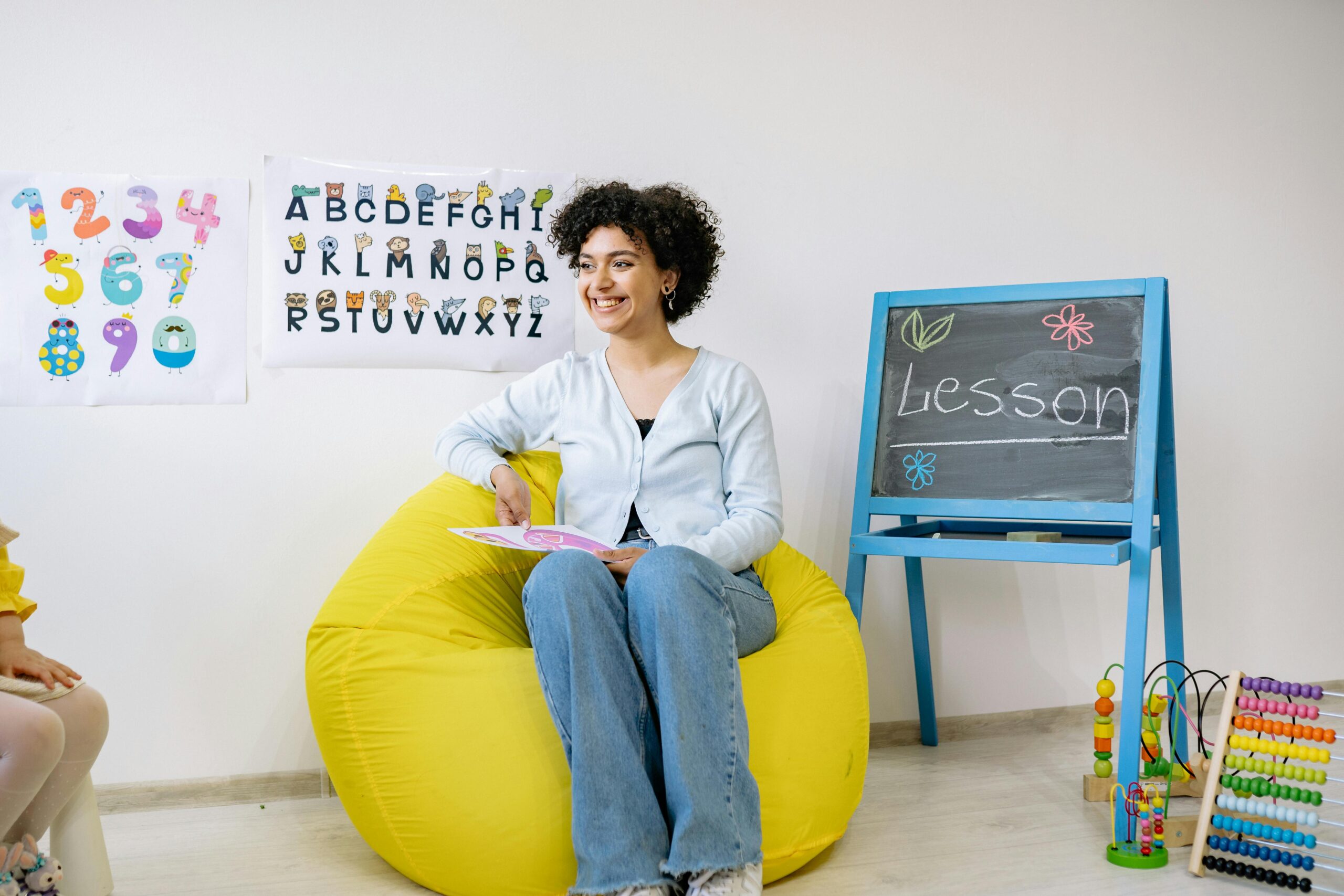
Four Rules That Could Reverse the Anxiety Epidemic in Teens
By Tim Elmore
Most teenagers today are aware of the negative impact of smartphones. By this point, they all seem to know it deepens anxiety, heightens negative emotions, and increases FOMO. Sadly, most students don’t get off the very device that induces these negative consequences because all of their friends are still on them.
Cue the cavalry.
NYU social psychologist Jonathan Haidt has just released a groundbreaking book, The Anxious Generation: How the Great Rewiring of Childhood is Causing an Epidemic of Mental Illness. I got my copy recently, and it’s everything I hoped it would be. Haidt walks readers through the short history of what’s happened to us since the smartphone emerged. Haidt found that a big shift occurred between 2010 and 2015. In 2010, few kids had smartphones, and Instagram didn’t exist. But, by 2015, 80% of teens had smartphones, and most girls had Instagram. In this period, Haidt notes that as a society, we began a shift from a “play-based childhood to a phone-based childhood.”
Four Solutions to Today’s Mental Health Crisis
After more than ten years of stability or even improvement, the mental health of teens plunged in the early 2010s. Rates of depression, anxiety, self-harm, and even suicide increased sharply, more than doubling on most measures. As I have in my books, Artificial Maturity and Generation iY, he investigates the nature of childhood and the beginning of our shift from organic to tech-based lives. He calls it the “great rewiring of childhood,” which has interfered with children’s social and neurological development, sleep patterns, attention spans, addiction, loneliness, social comparison, and perfectionism.
After analyzing these trends, Haidt issues a clear call to action. He proposes four simple rules that might set us (and our kids) free. He describes steps that parents, teachers, schools, tech companies, and governments can take to end the epidemic of mental illness and restore a more humane childhood.
Four Rules That Could Change Modern-Day Childhood
1. No smart phones before high school.
Haidt says kids’ brains are not ready for the addictive nature of a smartphone before high school, so giving them one earlier is unhealthy. He recommends no smartphones until high school — a strategy that some parents are already adopting. A prime example is the “Wait Until 8th” campaign that empowers parents to rally together to delay giving children a smartphone until at least the end of 8th grade. So far, more than 50,000 families have signed a collective action pledge to hold off on handing out smartphones.
2. No social media before 16 years old.
Many researchers believe the smartphone alone isn’t the culprit. It’s the presence of social media platforms, especially Instagram and Tik Tok, that deepen addictive behaviors and cause mental health problems. Last year, U.S. Surgeon General Dr. Vivek H. Murthy issued an advisory warning of an urgent public health issue regarding social media usage and youth mental health. Again, several psychologists have affirmed that giving young teens access to social media is a bit like giving them an addictive substance in terms of the harm they create. To avoid social media altogether, keep the phone simple (like a flip phone) prior to sixteen.
3. No phones at school.
Experts have gone back and forth on this one — some say phones can be used for educational purposes and others say they do more harm than good. Haidt says the benefits of removing phones from school classrooms far outweigh the liabilities. Classtime without phones ultimately means reducing distractions — giving teachers a chance for classroom engagement. If all schools remove phones, suddenly, comparisons and FOMO would be dramatically reduced. Haidt recommends asking school officials for options like lockers for students’ phones.
4. More independence, free play and responsibility in the real world.
This suggestion is echoed by Dr. Peter Gray in his book Free to Learn and parenting guru Lenore Skenazy in her book Free Range Parenting. Haidt emphasizes the need for kids to simply play, whether it’s in their own backyard, at a local park or on a school playground. Even better—believe it or not—is for them to do so without an adult supervising. This way, they build an internal locus of control, and take ownership of problem solving and conflict resolution. Haidt says, “We’re mammals. This is what all mammals do. Anyone who has had a puppy or a kitten, knows they want to play all the time, and so do toddlers, young children, even teenagers.”
The current negative impact of phones doesn’t have to be permanent. Haidt believes if families and schools will align with these four ideals, we can create a tipping point and measurably improve the mental health of our kids by the end of 2025.
My colleague, Andrew, told me a story some time ago that summed up how aware teens are today of the negative impact of smartphones. He was talking with his niece about them. At 13, her parents had not allowed her to have one yet. In their conversation, Andrew asked a pointed question: “Do you wish you had a smartphone like all your friends do?” Her response surprised him. “No,” she replied. “I wish all my friends didn’t have one.”
Jonathan Haidt is working to make her wish come true.






